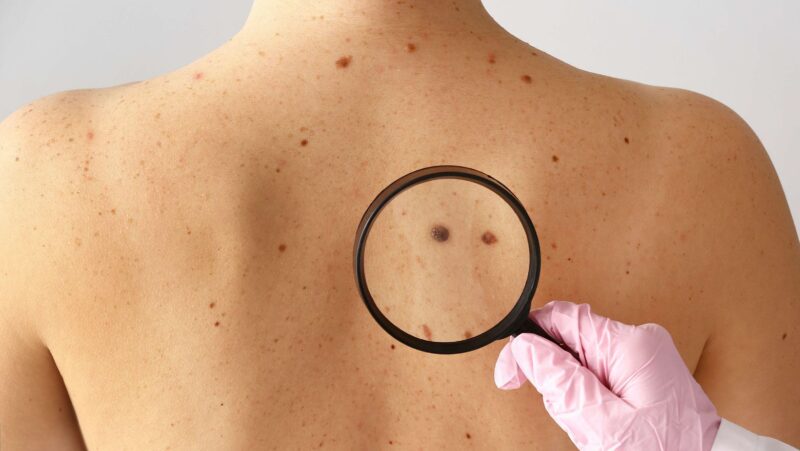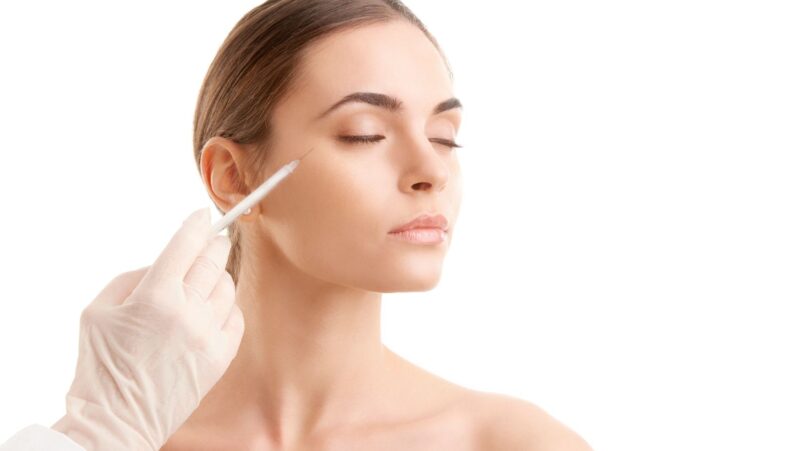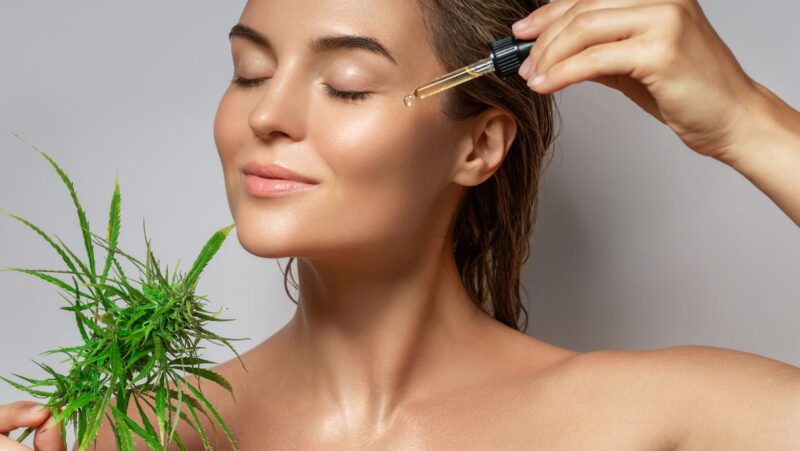
Pigmentation disorders, such as hyperpigmentation, age spots, and melasma, affect millions of people worldwide. These can influence their aesthetic appeal and, in some cases, their psychological well-being.
The desire for even skin tone has led to the development of various technologies aimed at pigmentation removal, which offer solutions that can minimize or eliminate unwanted skin pigmentation effectively.
Why Should You Remove Pigmentation?
Removing pigmentation, particularly when it appears as spots, uneven skin tones, or patches, is primarily a cosmetic concern for many people. Here are some reasons why individuals might choose to remove pigmentation:
- Cosmetic Improvement: Many people feel that clear, even-toned skin enhances their appearance. Removing blemishes, dark spots, or patches can boost one’s confidence and contribute to a more youthful appearance.
- Psychological Impact: Skin conditions, including noticeable pigmentation issues, can affect a person’s self-esteem and mental health. By addressing these cosmetic concerns, individuals may experience an improvement in their overall well-being.
- Health Monitoring: Some forms of pigmentation, like sun spots or melasma, can result from sun damage. Managing this pigmentation can be part of a skincare routine that monitors and protects against further ultraviolet (UV) damage, which in turn can prevent potential skin health issues.
- Uniformity In Skin Tone: Many treatments for pigmentation also improve the overall quality and texture of the skin. This not only helps in achieving a more uniform skin tone but can also enhance the skin’s smoothness and suppleness.
- Preventative Care: In some cases, removing or treating pigmentation can help prevent the development of skin conditions. For example, addressing early signs of sun damage might reduce the risk of skin cancers.
- Social And Cultural Reasons: In some cultures, clearer skin is often associated with beauty and health. Individuals influenced by these cultural standards might seek pigmentation removal treatments.
Overall, the decision to remove pigmentation depends on personal preferences and cultural influences, and is sometimes dependent on the advice of a dermatologist, especially when the pigmentation might be linked to underlying health issues.
Pigmentation Removal
Here are some pigmentation removal technologies available today, providing insights into how each method works, its suitability for different skin types, and the results one might expect.
Intense Pulsed Light (IPL)
Intense Pulsed Light (IPL) therapy uses a broad spectrum of light to treat various skin conditions, including pigmentation disorders.
Unlike lasers that emit light of a single wavelength, IPL releases light of multiple wavelengths, allowing it to treat a range of skin depths. The light energy is absorbed by the pigments (like melanin) and converted into heat, breaking the pigment apart.
IPL is a pigmentation removal machine that is particularly effective for treating age spots, sun damage, and freckles.
Laser Therapy
Laser therapy stands as a cornerstone in the treatment of skin pigmentation issues. This method utilizes concentrated light beams to target and break down pigmentation in the skin.
Different types of lasers, such as Q-switched lasers and fractional lasers, are tailored to address specific pigment concerns. The precision of laser therapy allows for effective treatment with minimal impact on surrounding tissues, making it a popular choice for those seeking significant improvements.
Chemical Peels
Chemical peels involve the application of a chemical solution to the surface of the skin, which causes the dead skin layers to peel off and regenerate.
Depending on the intensity of the peel, this can be a gentle or deep process. Lighter peels are great for mild pigmentation issues, while deeper peels can address more stubborn forms of discoloration. The chemicals used vary, with some peels specifically formulated to target melanin buildup in the skin.
Microdermabrasion
Microdermabrasion is a gentle, non-invasive skin treatment that removes the topmost layer of dead skin cells, encouraging the emergence of new, healthy cells. This technique employs a unique tool with a rough surface to softly exfoliate and remove the skin’s outermost layer.
Frequently utilized to address light pigmentation issues, microdermabrasion can aid in achieving a more even and smooth skin tone.
Topical Treatments
Topical treatments for pigmentation include creams and serums that contain active ingredients capable of reducing pigmentation.
Common ingredients such as hydroquinone, kojic acid, and retinoids work by inhibiting melanin production, thereby lightening hyperpigmented areas. These treatments require consistent application and can be used alone or in conjunction with other technologies to enhance results.
Microneedling
Microneedling is a procedure that involves using fine needles to create tiny punctures in the top layer of the skin, which triggers the body to create new collagen and elastin.
This process can be enhanced with topical treatments that target pigmentation, delivering them deeper into the dermis. Microneedling is suitable for treating various types of skin discoloration and can also improve skin texture and firmness.
Cryotherapy
Cryotherapy involves the application of extreme cold to destroy abnormal or diseased tissue, including pigmented lesions. By using liquid nitrogen, the treatment freezes the pigment, causing it to break down and eventually be absorbed by the body.
Cryotherapy is typically used for spot treatments and is effective for removing age spots and other small areas of hyperpigmentation.
Wrapping Up
The advancements in pigmentation removal technologies offer various options catered to different needs and skin types. From laser treatments and IPL to topical creams and cryotherapy, each method provides unique benefits and considerations.
Understanding these options allows individuals to make informed decisions about the best action for achieving clearer, more uniform skin.
By consulting with a dermatologist, one can determine the most appropriate technology based on their specific condition and desired outcomes, ensuring both safety and effectiveness in the pursuit of enhanced skin aesthetics.














